Chilean Food Dishes: Basic Overview
Common Ingredients
Common Cooking Methods
Courses
Meals
Key Taste
Eating Etiquette
Meal Presentation
Culinary Festivals
Influence and Fusion
Popular Types of Chilean Dishes
-
Snacks
Chilean stews are hearty and comforting dishes that reflect the country’s diverse geography and climate, utilizing a rich array of local produce, meats, and seafood.
-
Stews
Chilean stews are hearty and comforting dishes that utilize a rich array of local produce, meats, and seafood.
-
Desserts
Chilean desserts combine traditional ingredients and techniques with contemporary twists.
These treats vary from baked goods to creamy delights.
Chilean dishes are a vibrant fusion of traditional Spanish cooking, indigenous Mapuche culture, and a variety of influences from European specialties enriched by the country’s vast array of local ingredients.
This culinary tradition is known for its diverse flavors and ingredients, thanks to Chile’s wide-ranging geography and climate. The extensive coastline adds a significant seafood dimension to the cuisine, offering unique species of fish, mollusks, crustaceans, and algae.
Chile’s status as one of the world’s largest wine producers also plays a crucial role, with many dishes either accompanied by or cooked with local wines.
Ingredients introduced by Spanish conquerors, such as wheat, pigs, and cattle, have become staples, blending with native elements like potatoes, maize, beans, and seafood.
Over time, Chilean cuisine has evolved to include a variety of dishes that reflect the country’s cultural diversity and rich culinary heritage.
Jump into the world of Chilean dishes by uncovering the fascinating regional cuisines of the country along with some fine refreshments to accompany the delicacies.
22 Most Popular Chilean Dishes with Filters
Don’t forget to make use of the filter system, which allows you to see these Chilean specialties in alphabetical order, including main ingredients, cooking techniques, tastes, worldwide popularity, and dish types.
Don’t forget to peek into the most popular, traditional, street food, and fusion culinary creations of Chile to gain more valuable information:
Locos
- Traditional
Locos is a type of abalone that used to be abundant in Chile. Nowadays, you can only find it during its season between March and May.
Just a heads up, the cooking method of this traditional food is quite time-consuming, requiring the fresh abalone to be softened by pounding over ashes, then boiled slowly to bland.
For serving, the most common way to pair it with mayonnaise.
Chancho en Piedra
- Traditional
Chancho en piedra is a typical Chilean sauce utilizing tomatoes and spices that are ground in a stone mortar. This combination produces a tangy sauce best served with bread, empanadas, or grilled meats.
In fact, ‘chancho en piedra’ means ‘pig in a stone’, but there is no pork here. Ideally, locals will prepare and serve the sauce immediately to preserve the flavor of tomatoes.
Furthermore, the sauce rarely makes any appearance at restaurants due to the difficulty in the preparation process.
Machas a la Parmesana
- Traditional
Macha a la parmesana is a Chilean dish revolving around saltwater clams called macha and Parmesan cheese. Chileans make the dish by splitting the clams and baking them on one half of the shell.
As for the cheese, the Parmesan is best joined with butter, white wine, or lemon to enhance the flavors. Aside from Parmesan, this baked clam specialty also adapts well with other cheese options along with cream and garlic.
Humitas
- Traditional
Humitas is a corn cake in Chile that comes from the Andes region. It was believed to first appeared in Chile during the 19th century.
Traditionally, humitas were made of mashed corn, mixed with basil, onion, and butter, then wrapped in corn husks. Plus, the outer wrapper is further secured with threads or twine.
The basic flavor is meant to be sweet; however, the Chilean also created other flavors for humitas, including savory, spicy, or sour, by adding salt, Chilean green chili pepper, or tomato.
Ceviche
- Fusion
- Traditional
Ceviche is raw seafood fish making an impact in Chile that is actually a traditional dish of Peru. It’s mostly made of raw fish, lemon juice, coriander, and onion in Chile.
The primary fish in this dish is halibut or Patagonian toothfish, which is widely commercialized in Chile. However, sometimes it is also substituted with salmon or shrimp and served in a small cup.
Caldillo de Congrio
- Traditional
Caldillo de congrio is a beloved soup in central Chile, known for its light yet revitalizing qualities. Ideal for lunch, the soup’s fame peaks in Isla Negra, celebrated by Nobel laureate Pablo Neruda in a dedicated poem.
This dish typically features carrots, onions, garlic, laurel, tomatoes, and its key ingredient, congrio. Contrary to common belief, ‘congrio’ is not an eel but a type of fish, accurately referred to as kingklip in English.
Valdiviano
- Traditional
Valdiviano is a hearty soup originating from the late 16th century in Valdivia, one of the last Chilean provinces under Spanish control.
Typically served as a late dinner, especially after a night of drinking, the soup, with its key ingredient ‘charqui’ (jerky), offers a warming and satisfying meal with other vegetables.
Pastel de Choclo
- Traditional
Pastel de choclo, a signature Chilean dish since the Spanish conquest, is a corn cake bringing together ground beef and mashed corn with ‘pino’, a mixture similar to empanada filling.
This combination is heated with milk and lard or butter in a clay pot before being slowly baked. Variations include substituting beef with chicken, or adding fruits like raisins to the mixture.
Pollo Arvejado
- Traditional
Pollo arvejado is a popular Chilean lunch dish, originally from the Mapuche region, featuring chicken and peas as its core ingredients.
Accompanied by carrots, onions, garlic, white wine, and various Chilean herbs and spices, this thick stew is particularly popular in the countryside and is commonly served with rice or potatoes.
Porotos Granados
- Traditional
Porotos granados is a robust summer bean stew originating from Chile’s central and southern regions. The savory stew is now a common dinner item, typically containing white or cranberry beans, carrots, maize kernels, and squash.
In the winter, people add pumpkins to make use of the produce at its peak flavor. Plus, there’s even a variant called ‘porotos con riendas,’ which includes strips of pork skin or spaghetti.
Cazuela
- Traditional
Cazuela is another stew dish that stems from Mapuche indigenous living in Chile. Surprisingly, the name ‘cazuela’ actually stands for the pot that stews the food.
Commonly, chicken or beef will be stewed in the ‘cazuela’ pot along with carrots and potatoes. Other ingredients, such as beans, corn, and squash, will be cooked separately in another pot.
For serving, locals will bring together the mentioned elements in a bowl to create cazuela. In Chile, the population tends to have the broth of cazuela first before consuming the meat and vegetables.
Charquicán
- Traditional
Charquicán is a stew delicacy popular among Chile and the Andes nations. The term “charqui” actually means llama jerky; however, you can rarely find an “authentic” charquican since most modern dishes are made with ground beef.
Along with the beef broth are pumpkin, potato, corn, onion, and other Chilean spices. Many local restaurants served charquican with a fried egg on top for a nutritious breakfast.
Alfajor
- Traditional
Alfajores is a dessert or sweet snack, consumed year-round in Central Chile. Though you can find these small sandwiches at anytime, it’s most abundant in September, when the traditional Patriotic festivities occur.
What made the beautiful alfajor is simply two pieces of Chilean sponge cake adhered with confectioners cream, or majar, known as ‘dulce de leche’, a Latin America caramel.
Nowadays, alfajores are often garnished with ground coconut or chocolate, sometimes both. And there’s also another version of it which is covered in meringue, called ‘chilenitos’.
Sopaipilla
- Street Food
Sopaipilla is a well-known fried pastry among Chileans. It’s been a part of the country’s diet since the 18th century.
Nowadays, sopaipilla is mostly served as street food or a homemade treat on heavy rain days. The dough comprises ground pumpkin, wheat flour, and butter or vegetable shortening.
After being deep-fried, sopaipillas puff up and look like pillows. Sopaipilla is not only served as a sweet snack, but it also can be combined with pebre salsa, mashed avocado, or other sauces to form a savory dish.
Cuchuflí
- Street Food
Cuchuflí is a traditional Chilean dessert featuring a wafer tube cookie filled with manjar, or dulce de leche.
Originating from Spanish tube cookies, the Chilean version has altered the wafer’s texture and incorporated a sweet filling. Today, cuchuflí is widely available in markets and supermarkets, with numerous variations.
Pan de Pascua
- Traditional
Pan de pascua is a traditional Chilean holiday cake with its name stemming from an old confusion between ‘pascua’ (Easter) and ‘Navidad’ (Christmas).
Influenced by German stollen and Italian panettone, its texture is closer to a sponge cake than bread, flavored with ginger and honey. The dough is enriched with nuts, dried fruits, brandy or rum, and Chilean spices.
Chilean families typically prepare it just before Christmas, often accompanied by ‘cola de mono,’ a traditional cocktail.
Empanada
- Traditional
Empanada is one of the patties that was created during the establishment of Chilean culture. On special holidays, Chileans consume a huge quantity of empanadas.
Traditionally, the empanada in Chile is a deep-fried or baked patty stuffed with ‘pino’. The pastry is usually served in a small size as a snack or appetizer.
However, empanada is sometimes served bigger for the main meal or alternatively stuffed with yummy Chilean fruits such as pineapple or apple for a sweet serving.
Pan con Palta
- Traditional
Pan con palta is a traditional Chilean dish, drawing influence from Spanish cuisine. The delicacy is all about a thin slice of bread topped with mashed avocado.
This simple offering is a delightful option for a Chilean breakfast made easily at home. In Chile, it serves not only as an appetizer or snack but also as a beloved treat for children.
Churrasco
- Street Food
Churrasco is a popularized sandwich in Chile that comes from Brazil. In Chile, the churrasco sandwich includes mashed avocado, thin steaks, mayonnaise, and tomato, all nestled within a Chilean bun.
It even has a popular variation, the chacarero, which swaps out the mashed avocado for green beans, tomatoes, and Chilean green chili pepper.
Completos
- Street Food
Completos is a Chilean fast food featuring a hot dog or sausage sandwich in a soft oblong bun. This variation typically includes a Vienna sausage and is widely available throughout Chile.
In addition, completos also feature mashed avocado in its toppings, earning them the “Italiano” moniker.
Choripan
- Street Food
Choripan is a well-known type of small hotdog in Chile, Bolivia, Argentina, and other Spanish-speaking countries. It’s sometimes added with different toppings.
However, the traditional ingredients are just chorizo, a Spanish sausage, and pan, a local bun.
In Chile, choripan is also a portion of famous street food and is often served with ‘pebre’. The Chileans also substitute chorizo with longaniza, another Spanish sausage with a strong flavor profile.
Chochoca
- Traditional
Chochoca is a Chilean flatbread that originated in Chilóe island, where it is famous for multiple types of potato. This bread dough is made of mashed potatoes with wheat flour.
It is usually wrapped over a long spit, rotating on an ember fire. Once done, the flatbread is folded over until it fits a dish for serving.
Nowadays, chochoca is usually served on its own, but for a traditional lunch, it is stuffed with chicharrones, a Spanish fried pork.
What Are the Regional Cuisines in Chile?
In Chile, each region offers a different approach to food, giving birth to a wide range of flavors. Here are the major cuisine regions in Chile to know about:
Thanks to these diverse cuisines, you get to enjoy a wide range of dishes in Chile. Furthermore, drinks are also an important part of taking your Chilean meal to the next level.
What Chilean Dishes to Pair with Beverages?
Don’t stop at knowing only about the Chilean dishes, as there are more drink options in Chile lying out there to enhance your experience:
Have you found your favorite delicacies? Share your thoughts with other readers in the comment section.
Don’t forget to share these Chilean dishes with your loved ones who also indulge in the wonderful Chilean cuisine.


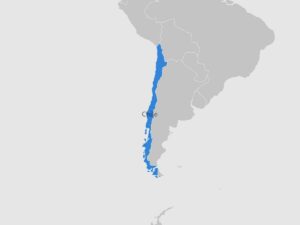
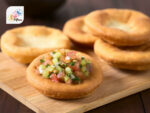
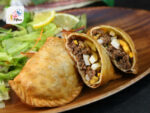



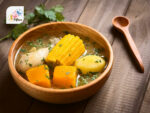
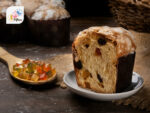


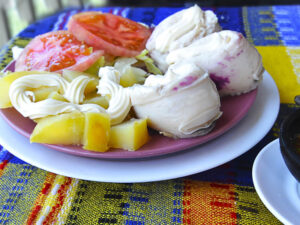
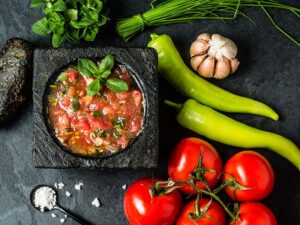

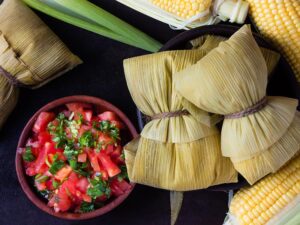
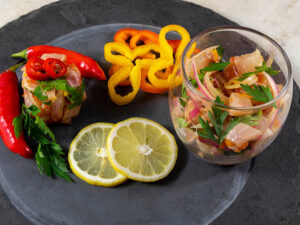
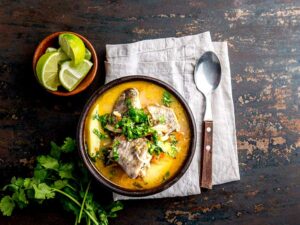
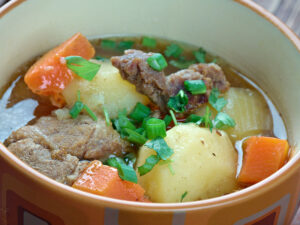

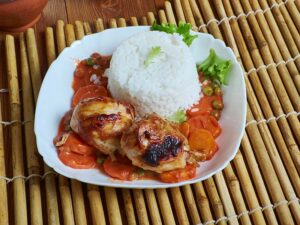
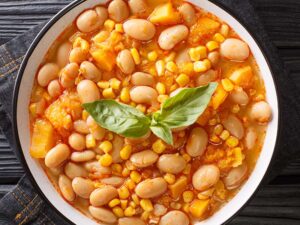
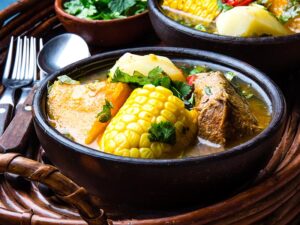
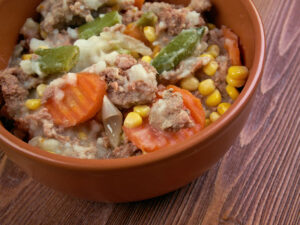

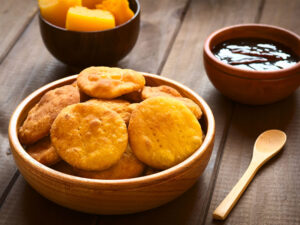

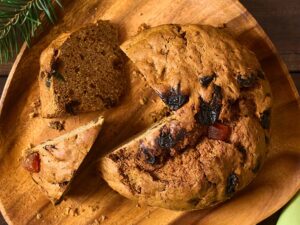
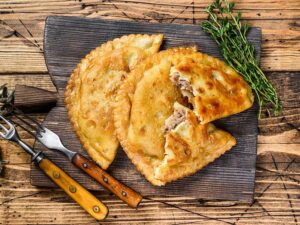
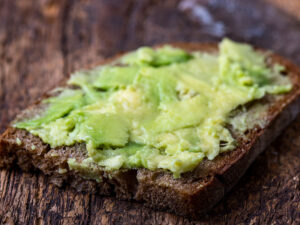
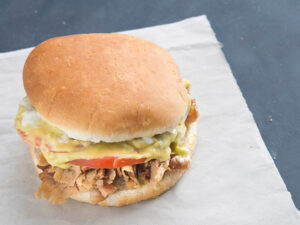

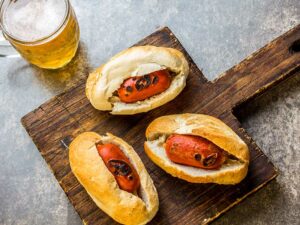
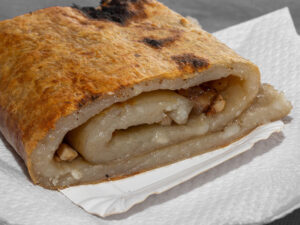
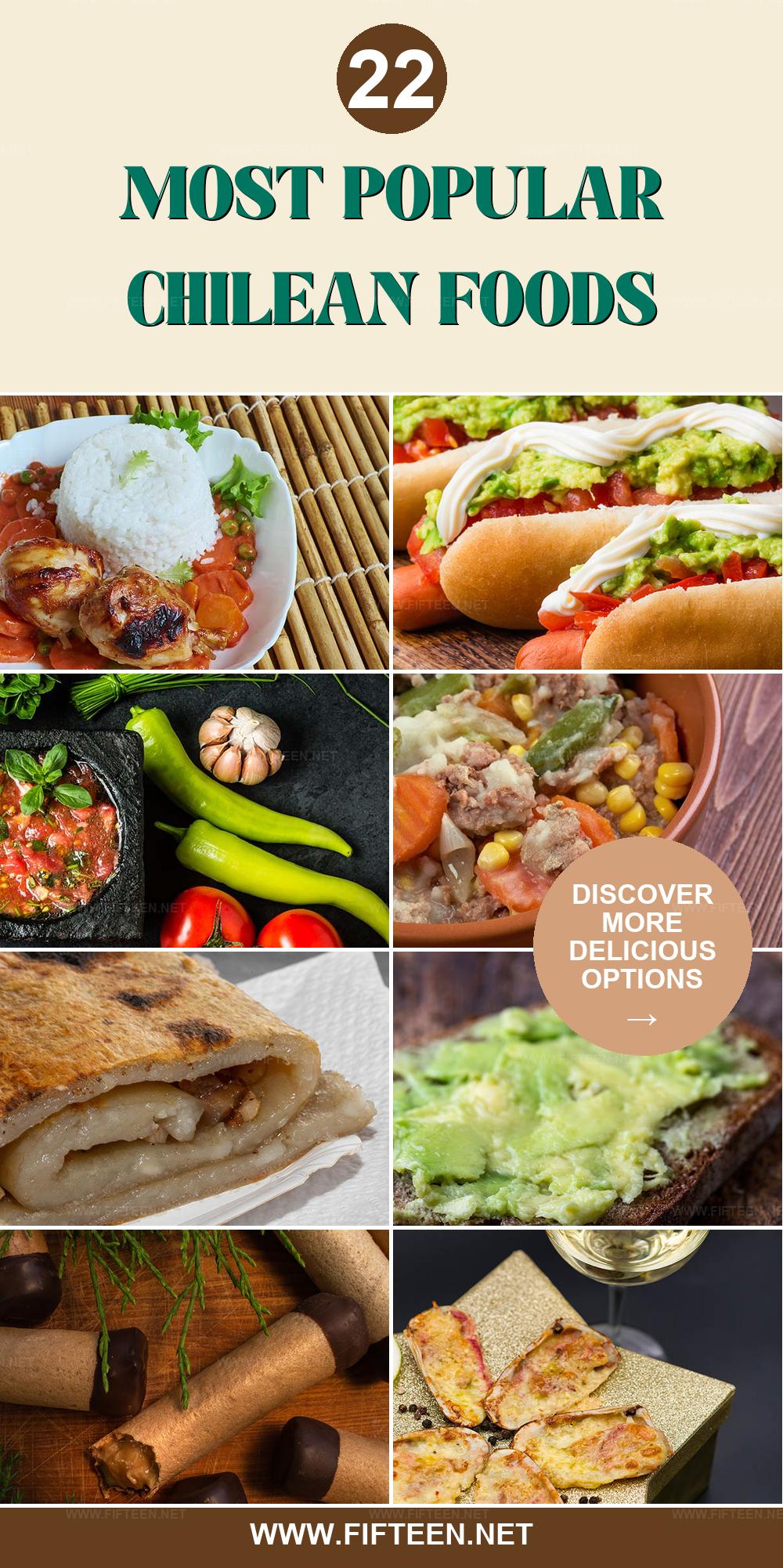
Jamie Scott
Editor in Chief, Senior Content Writer
Expertise
Home Cooking, Meal Planning, Recipe Development, Baking and Pastry, Food Editor, Cooking-video Maker, Western Food Evaluation Expert
Education
Le Cordon Bleu College of Culinary Arts
Local Community College, New York, NY
Jamie Scott is a skilled culinary expert and content creator specializing in Western cuisine. With over 15 years in the culinary field and formal training from Le Cordon Bleu, Paris, Jamie deeply understands how to blend nutrition with delicious flavors. His passion for cooking matches his commitment to making healthy eating accessible and enjoyable.
On Fifteen.net, Jamie brings a fresh perspective to classic dishes and beverages, offering readers insightful recipes, cooking tips, and a fresh view on meal planning that emphasizes taste, health, and simplicity.